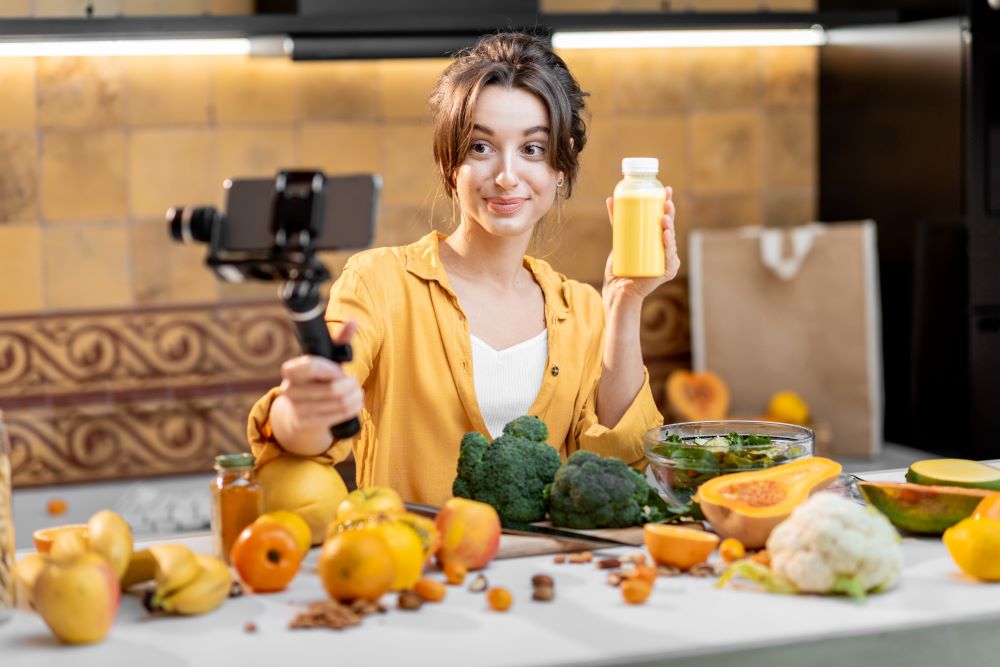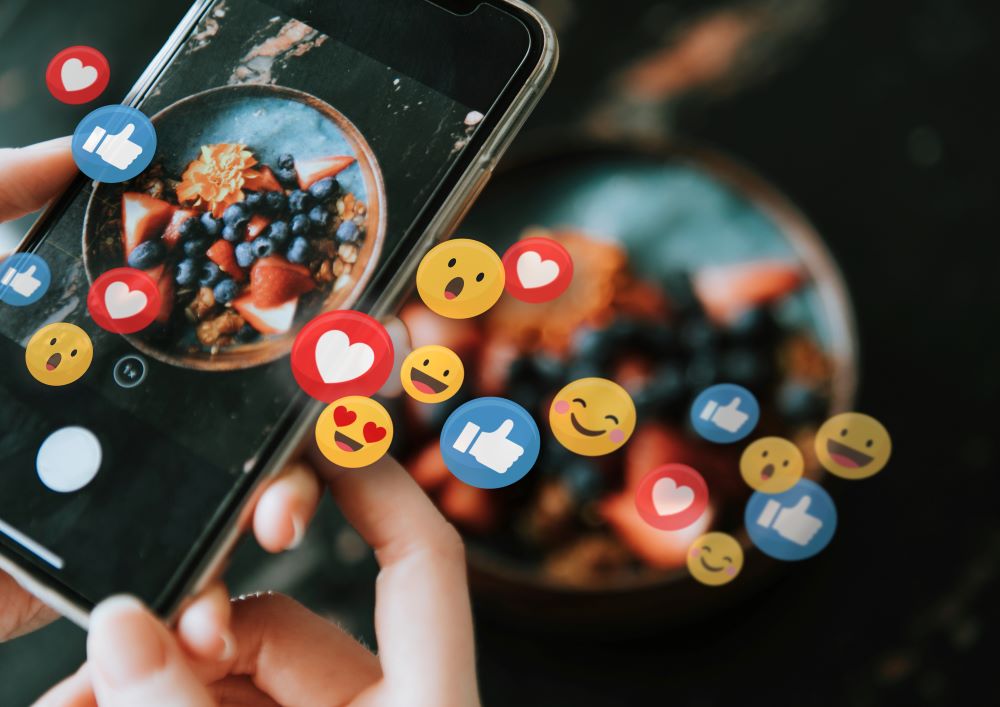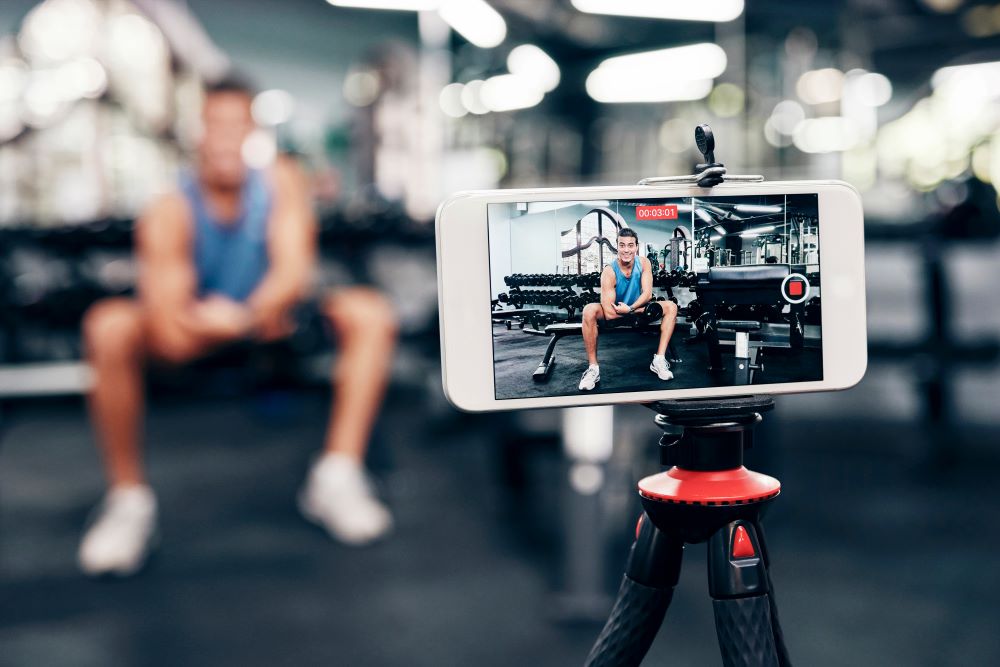The Lion's Den
A Guide To Food Influencer Marketing
What is a KOL (Key Opinion Leader)

Social media platforms like Instagram are known for the mouth-watering images of food that users post to the sites. What may have started with one person posting their hamburger has turned into a whole social media content niche: food and cooking. Today, becoming a food influencer is a dream job for lots of people. So, what is a food content creator? Also, what is a KOL (key opinion leader), and are food influencers KOLs?
In short, a food influencer is someone who gains on social media by posting about food, meals, and cooking. The process of how to become a food content creator can vary from person to person, but they all share a love of food. The top influencers in this niche are hugely popular and can be excellent brand partners, especially for any brands that operate in a food or cooking-related industry. Learn more about food influencers in this guide to food influencer marketing.
A Deeper Dive into Food Influencer Marketing
Food influencer marketing is not just a trend; it’s a powerhouse of the modern culinary world. With 71% of consumers more likely to make a purchase based on social media referrals, the impact of food influencers on dining decisions and culinary trends is undeniable. This evolution from casual food posting to a dedicated content niche has transformed how people discover new restaurants, recipes, and food products. Whether it’s a viral TikTok recipe or an Instagram story from a food festival, influencers are at the heart of this gastronomic revolution, making it an exciting field for anyone with a passion for food and community.
How Do I Become A Successful Food Influencer?
Many people who are now successful food influencers didn’t start out their careers with that goal in mind. Some professional chefs like Gordon Ramsey and Jamie Oliver eventually gained followers on social media and can be considered food influencers or restaurant influencers, but they had existing careers that helped them reach that point.
By contrast, micro food influencers—influencers with between 1,000 and 100,000 followers—typically build their audiences more organically. They start posting food-related content on social media, and with consistent, high-quality posts, they gain followers who enjoy their content. Once the influencer has built an engaged audience, they can learn how to collaborate with restaurants as an influencer to monetize their platform.
To be successful in this field, food influencers should focus on finding something that makes their content unique. Fostering a niche like vegan food, restaurant reviews, or food from a certain cuisine can help food influencers succeed. It’s also essential to make sure the audience is engaged through interactions and regular posts. Food influencers should use a quality camera, write fun captions, and collaborate with other food influencers when possible to gain a larger audience.
How Do I Start Food Influencing?
Anyone wondering how to become a food content creator may be surprised how easy it is to start. Step one is choosing the social media platform the influencer will post on. Instagram is a great option for food influencers because it’s primarily a visual platform, and photos or videos of food are highly engaging. The next step is to think about the kind of content the influencer will post (photos, videos, reviews, meal plans, recipes) and the audience they want to attract. With that information in mind, step three is to post some content. Building up an engaged audience will take some time, but it is possible for anyone with a passion for food and dedication to creating content.
Educating and Engaging: Beyond the Plate
Becoming a food influencer is more than just sharing what’s on your plate; it’s about sharing the story behind each dish, the culture that nurtures it, and the sustainability practices that support it. Education plays a crucial role in this journey. By incorporating insights on nutritional values, offering behind-the-scenes looks into how food is sourced, and exploring the cultural significance of different cuisines, influencers can provide their audience with a richer, more engaging experience. This approach not only elevates the content but also builds a deeper connection with followers, who come to see influencers as trusted sources of knowledge on their culinary journey.
Crafting Your Culinary Identity: Building a Brand
In the flavorful world of food influencing, your brand is your signature dish—it’s what sets you apart in a crowded kitchen. Developing a strong personal brand starts with defining your culinary point of view. Are you a connoisseur of street food from around the globe, or do you focus on the art of baking? Once you’ve honed in on your niche, it’s time to think about your brand’s visual and narrative style. This includes everything from the color palette of your posts to the voice in your captions. A consistent, authentic brand identity helps followers quickly recognize your content in their feeds, fostering a loyal community of food enthusiasts eager to see what you’ll cook up next.
How Do I Reach Out To Food Influencers?
Once an influencer has an audience who cares about the content they post, they can start looking for brand partnerships. An ideal partnership for food influencers is with restaurants. Though it may sound intimidating, the process of how to collaborate with restaurants on Instagram is easier than it may sound.
Influencers can simply reach out—either through direct messages (DMs) on social media or by email—to restaurants or other food influencers they want to work with. In the message, express interest in the restaurant or food influencer and open an honest dialogue about how you can help each other. Networking with other food influencers can help expose new audiences to an influencer’s content, and many friendships come out of these collaborations.
How Do You Guide Influencer Marketing?
A common question is: how do food influencers make money? Food influencers can earn money in several ways, but the most common is partnering with brands to promote their products or services. That’s why it’s so important to understand how to collaborate with restaurants as an influencer in the food niche.
In partnerships with restaurants, the restaurant gains greater visibility on their marketing efforts while the influencer gets compensated for their work. The influencer may also build a larger audience thanks to the promotional work. Restaurants may pay influencers to review their menu, create a new menu item, or simply post about their establishment. Restaurant partnerships vary, but there are many potential revenue streams for food influencers. Find out who are the top food influencers on instagram?
How Lionize Can Help
Food influencer marketing is an incredible opportunity for influencers and brands alike. With large, devoted audiences, food influencers make ideal brand partners for companies in the food industry. Any aspiring food influencers should take the leap and start posting content. Becoming a food influencer allows you to leverage your passion for food and turn it into something that is creatively and professionally satisfying as well as profitable.
For a best-in-class platform to find and manage influencers, contact us today!









